I just returned from eleven days in Israel. Six of those days I spent walking along the northern borders with Lebanon and Syria—and inspecting once-thriving communities now mostly empty, damaged, and for some, in fragile transition. Along the way, I interviewed residents and local leaders from seven different towns and kibbutzim, including Kibbutz Manara, adjacent to the Lebanese border. What I saw was raw and jarring—but I also encountered quiet determination.
Over and over, I was told that before October 7, 2023, people along the northern border felt safe—but they weren’t. Today, those that have returned are safe—but many of those contemplating returning no longer feel safe to do so. For them, it is not fear of rockets, it is recognition that what Hamas did in the south, Hezbollah planned to do in the north—and may still harbor dreams of doing when the time is ripe.
That tension hangs like smoke over the would-be-again residents of Israel’s northern border communities.
The Day the North Held its Breathe
When Hamas launched its attack from Gaza on October 7, people living along Israel’s northern borders immediately recognized the implications of the slaughter in the Gaza envelope for the north. The next day, Hezbollah fired rockets towards Israel. Within days, Hezbollah added anti-tank missiles and drones to the deadly mix. Israel responded by ordering the evacuation of all residents within two kilometers of Lebanon—28 communities in total. That evacuation zone expanded in less than two weeks to five kilometers, affecting 60,000 Israelis under mandatory orders. Another 20,000 left voluntarily.
Evacuated Families packed into hotel rooms. Others immediately or eventually found apartments or homes to rent. The Israeli government paid for the food and shelter in the hotels and gave an allowance of 200 shekels per day (about $54) per adult (100 shekels for each child) for those who opted for private lodging. Thus, a family of four received 600 shekels daily—around $162.
Soon, evacuated children began attending new schools in their new communities. Parents took new jobs or worked remotely. New social bonds formed. Over the next seventeen months during which they were not permitted to return to their homes, they grew roots.
Finally, the Israeli government lifted the mandatory evacuation order. Beginning on March 1, citizens could return to their homes. Recognizing that it would not be wise for some to uproot their children until the school year ended the government agreed to continue payments until that date. But for those willing to return sooner rather than later the government offered financial incentives for doing so. It was time to go home—at least officially.
But What Are They Returning To?
Home, for many, is no longer what it was.
For many, their once bucolic homes were now scenes of destruction and disrepair. Especially adjacent to the border, but also to a much lesser extent up to several kilometers away, homes had taken direct hits from Hezbollah’s missiles. Other homes and infrastructure were damaged indirectly—by the treads of IDF tanks, by soldiers bivouacked in civilian homes, by fires sparked by incoming rockets. Still others suffered a more banal but equally disturbing decay: rodent infestations and rotting food. And at one location—an invasion of porcupines! Homes empty of human occupation for extended periods are a calling card for unwanted denizens of the animal world.
Now, the rebuilding process has begun—but slowly. A shortage of construction workers, the bureaucratic but necessary claims process, and disputes over whether to repair or knock down and rebuild damaged structures have added layers of frustration to already-traumatized families. While the government is committed to covering the costs, exactly how much and how fast is an open question.
Manara: A Kibbutz on the Edge
One of the communities I visited, Kibbutz Manara, stood out.
Manara lies just 70 yards from the Lebanese border, perched atop a ridge with clear views into the valley below. And unfortunately, with clear views from that Lebanese valley into the kibbutz. For the last couple of decades, a UNIFIL base has been in that valley. Close to it, and in clear view of the supposed UNIFIL peacekeeping soldiers, was a Hezbollah outpost now destroyed by the IDF.
Before the war, Manara had 300 residents. On October 7, all but a small internal security force evacuated—many even before the government issued orders.
I first learned of what Manara was experiencing at a December 2023 meeting with the Upper Galilee Regional Council. They showed me two chilling videos produced by Hezbollah: one depicting a terrorist firing an anti-tank missile into a home in Menara; the other capturing IDF soldiers scrambling for cover within the kibbutz. Both were filmed from Lebanon from the perspective of the terrorist. Watching the video was like viewing evil work through the devil’s eyes.
History Etched in Stone and Fire
Manara isn’t just a vulnerable community—it has a storied history. Founded in 1943 by a youth group augmented by immigrants from Germany and Poland its past was the inspiration for a famous scene in Leon Uris’ Exodus which involved a night-time evacuation of its children.
One of its residents, Rachel Ya'akov, is a sister of former Prime Minister Yitzhak Rabin and a founding member of Manara. She is still alive and living there at the age 100. In a recent interview, Rachel recalled how Lebanese villagers were once friendly neighbors. “They came to our parties,” she said. “We brought water and food back from their villages.”
That history is no more.
Omri’s Tour of Devastation
During my visit, I was guided around the kibbutz by Omri, a man in his fifties who was born there, and who oversees Kibbutz infrastructure while also serving with the kibbutz’s security unit. Omri stayed at Manara throughout the war. His soft-spoken resilience inspired me.
Out of Menara’s 157 homes, 110 were damaged or destroyed. Along the side and top of the ridge facing Lebanon, and that once friendly village Rabin’s sister spoke about, nearly every house was struck by a projectile. For some, missiles flew through the windows to explode inside, causing more extensive internal destruction in the enclosed space. Fires—sparked by incoming shells—raced through dry pine trees that are all over the kibbutz. In some cases, two members of the security team would risk Hezbollah fire to battle the flames—sometimes on the ridge where it was difficult to stand upright. Other times, the risk was too great, and they had to let the fire rage. Soldiers couldn’t help because they were high-value targets for Hezbollah’s drones and anti-tank missiles.
At one point, Omri stood next to a concrete wall when he heard what he described as the sound of a train: it was an incoming missile. Knowing he only had five seconds or less before it would hit, he ran. Seconds later, it exploded where moments before he had been. Shrapnel hit his leg. He evacuated for a few hours for treatment, then came back to work.
Omri showed me where the soldiers had stayed during the fighting. A concrete bunker served as their sleeping quarters. There, a nearby metal enclosure they used for dining was destroyed by a drone strike.
Throughout the fighting, Hezbollah’s drones prowled the skies, hunting for any sign of Israeli military presence which they could kill or destroy.
Manara’s roads were not built for military traffic. Thus, many were damaged by the weight of IDF tanks and their treads. And today, Omri says the kibbutz does not want an IDF unit stationed inside. “If they’re here, Hezbollah will aim at them,” he told me. “And we’ll take the hits.” What the community wants instead is a permanent IDF presence outside the kibbutz, patrolling nearby.
Returning to Rot
Clearing homes for the residents to come home is painstaking work. Omri pointed out houses that hadn’t been touched since their residents fled in a hurry 18 months before. Food sat molding on countertops. Cabinets stunk of decay. Refrigerators had stopped working long ago and turned into toxic time capsules. Now focused on putting those homes back into shape for occupancy, kibbutz workers don’t even bother to open the refrigerators, they simply drag them out and throw them away.
Omri told me the story of one family who returned mid-war to gather belongings. Only the mother entered their home. Perhaps only she had the stones to do so. Faced with filth, rot, and signs of rodent infestation, she froze. “You have to let go of things,” Omri told her gently. “If it’s photos of your kids, take them. Clothes? Leave them—you can buy new ones.” After a couple hours, they emerged with four boxes—just four—that held the memories of her family’s entire life.
Why Some May Not Come Back
As of today, fewer than 10% of Manara’s residents have returned. Omri believes 90% eventually will. I hope he’s right. I fear he may be wrong, especially if the roots they have grown in their new abodes prove to strong to break from.
Some families are waiting until the school year ends in June. Others, who have established new lives in their temporary homes, may no longer be sure that Manara—or anywhere near the border—is where they want to be. The trauma is real. So was the threat. But so too there is opportunity. An opportunity to live emersed in beauty and to undertake the important mission of preserving Israel’s borders. An opportunity recognized by some of the soldiers sent to guard the Kibbutz during the war who indicated that they might want to return as residents. If only a few do, that will help to revitalize the kibbutz.
Yet, the knowledge of what happened to Gaza’s border communities weighs heavily. What if it happens here? Who will protect us? And what’s to stop Hezbollah next time from doing what Hamas did? It’s that same battle being fought between the hearts and minds of so many contemplating returning to their homes in the north—the reality of safety versus the feeling of safety.
For me, I am still on pins and needles as to the decisions the 80,000 who evacuated will make. If enough people choose not to return, some communities may cease to function entirely. That’s not just a demographic issue, it’s a strategic and psychological one. Border towns are vital to Israel’s national identity and territorial integrity. If they fall apart, Israel shrinks—not only in land, but in spirit.
Rebuilding
I am certain that just like for individuals, finances will be challenging for the border communities in the ensuing years even though the government has pledged to compensate them in some form for lost income—for things like damage to agriculture and industry. But I am certain the final numbers will likely be subject to dispute, the process will not be smooth, and in the end, there will likely be losses that could impact on the viability of some kibbutzim, moshavs, and towns. This is a story that is now only beginning to unfold.
Nevertheless, in Manara and in many of the other border communities I visited, there were signs of the resilience of the people. Everywhere, there were dumpsters filled with debris and clear signs that reconstruction had begun. And in Manara, like other communities, I saw many new “mamad” shelters being built into existing homes. Mamads are reinforced safe rooms designed to withstand rocket fire, and maybe, forced entry. Their construction is a harbinger of return, and I am sure, is part of the government’s attempt to help people coming home feel safe again.
But meanwhile, sometimes it is the simple things that say the most. While driving through the kibbutz in Omri’s dilapidated golf cart, I saw several saplings planted where fire had destroyed the vegetation previously there. When I inquired, Omri told me that he had planted the saplings when he had a spare moment. I didn’t comment further but I understood their significance. Even though those fledgling trees will take years to grow, their presence meant that in his mind, and will in the minds of those who return, that the kibbutz has a future. Thus, it was no surprise when Omri told me that although “it’s a challenge” he sees all the devastation as “my opportunity to make things better than they were.”
After spending more than an hour with Omri, I have no doubt that he will. Manara is his home, and he is a determined man.
What Comes Next?
In many ways, the war is not over in the north. Although the Lebanese Armed Forces is now doing more to keep Hezbollah from the border, it has not yet done enough. Five IDF outposts are still inside Lebanon to help ensure against Hezbollah’s return. And almost every day, the IDF eliminates another Hezbollah threat while Hezbollah chooses not to fight back—likely due to its weakness but also perhaps as part of its strategy. Therefore, although the frontline is quiet today—I felt no risk driving and walking the border roads—tomorrow could bring something different.
Meanwhile, return of the evacuees to northern Israel will be a process—not a singular event. Structurally, it will require rebuilding homes. But emotionally, it will require rebuilding trust. The memory of October 7 is still strong.
I left the north, impacted by the devastation I saw, but also deeply moved by the quiet courage I encountered everywhere. And in the belief of those that I met that their home and way of life is something worth fighting for. That left me determined too, to do my part.
Manara, and places like it, are not just communities, they are frontiers of hope.
We should help them.
A Special Request
If you think this article of value, please share it with others. Please also consider indicating if you see value in the article by “liking” it or adding a comment. Doing so helps me determine the subject of future articles that you might find beneficial and, through social media, broadcasts my work to a wider audience.
Seizing Territory, Firepower from Afar, or Alliance with Minorities: Three Arenas, Three Approaches – But One Objective—Written by Yaakov Lapping for the Alma Research and Education Center—April 7, 2025
IAF Pilot to 'Post': How Israel Established Air Supremacy Over Middle East—Written by Yonah Jeremy Bob for the Jerusalem Post—April 6, 2025
Recalculating Route – The Iran and Hezbollah Corridor to Lebanon—Written by Tal Berri for the Alma Research and Education Center—April 10, 2025
NYC Public Schools Accused of ‘Abhorrent’ Antisemitism After Anti-Israel ‘Stop Gaza Genocide Toolkit’ is Included in Newsletter—Written by Hannah Fierick and Criag McCathy for the New York Post—April 4, 2025
Kennedy, Torres Take to Task Antisemitic School Newsletter in New York City—Written by Vita Fellig for the Jewish News Syndicate—April 10, 2025
Generating Hate: Anti-Jewish and Anti-Israel Bias in Leading Large Language Models—Report from the Anti Defamation league—March 20, 2025

Which Pro-Palestinian Campus Orgs. are Accused of Ties with Hamas? - Explainer—Written by James Genn for the Jerusalem Post—March 25, 2025
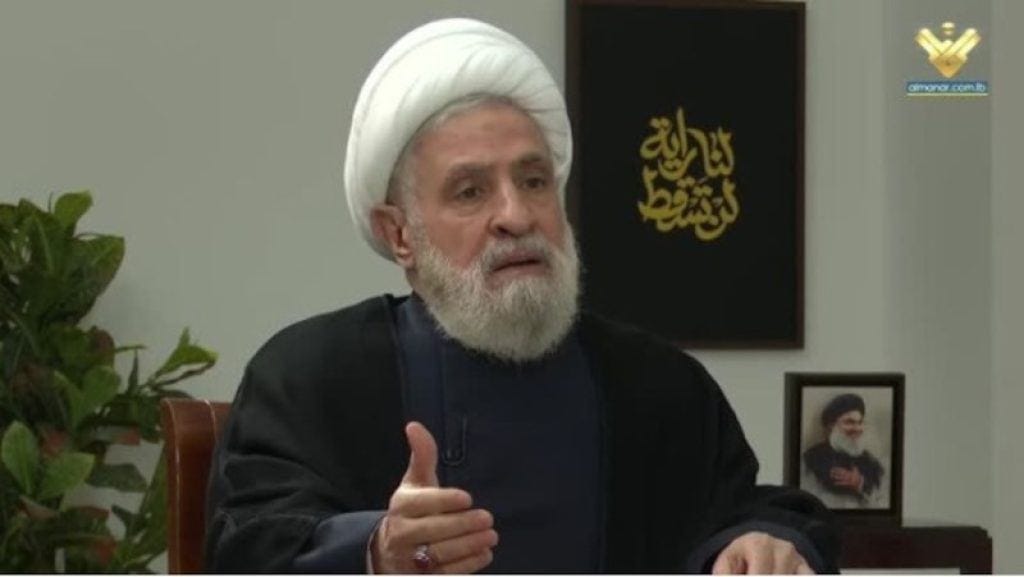
Analysis: Naim Qassem explains Hezbollah’s vision for the future in first long-form interview—Written by David Daoud for FDD’s Long War Journal—April 13, 2025
‘Nobody is afraid of Hezbollah anymore’—Written by Josh Hasten for the Jewish News Syndicate—April 7, 2025
'October 8 Review: A Searing Look at the Eruption of Antisemitism on College Campuses and Social Media—Written by Alissa Simon for Variety—March 24, 2025
‘Nowhere to Hide': Secret IDF Operation to Prevent Hezbollah Cross Border Incursions Revealed—Written by Yair Kraus for YNet News—March 17, 2025
Time to Revise Israel’s Military Doctrine—Written by Professor Efraim Inbar for the Jerusalem Institute for Strategy and Security—March 17, 2025
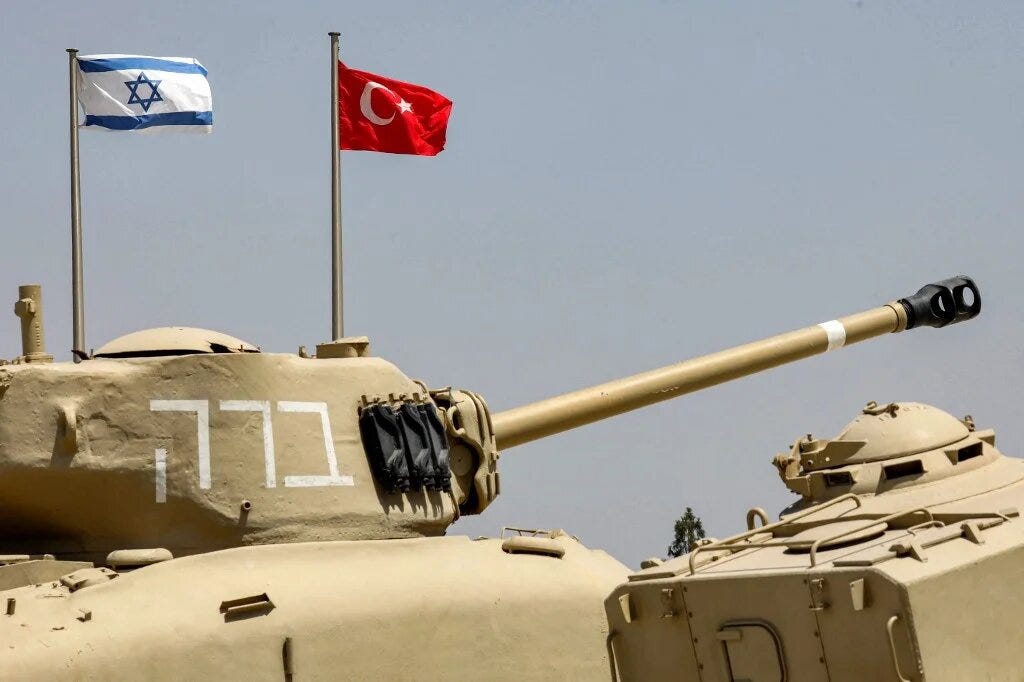
Turkey and Israel Mull Deconfliction Line in Syria, Sources Say—Written by Sean Mathews and Ragip Soylu for Middle East Eye—April 7, 2025
Lies, Damn Lies, and UN-Washed Hamas Propaganda Statistics—Written by Lt.-Col. (res.) Maurice Hirsch for the Jerusalem Center for Security and Foreign Affairs—April 3, 2025
Israel’s Struggle with Hezbollah—A War Without End is now available in eBook and hardback format on Amazon and IngramSpark. This compelling narrative explores Hezbollah’s origins and cancerous growth, traces Israel’s response, and reveals Israel’s present readiness to meet Hezbollah’s challenge.
Cliff Sobin
Important Link—Alma Research and Education Center: Understanding the Security Challenges on Israel’s Northern Border



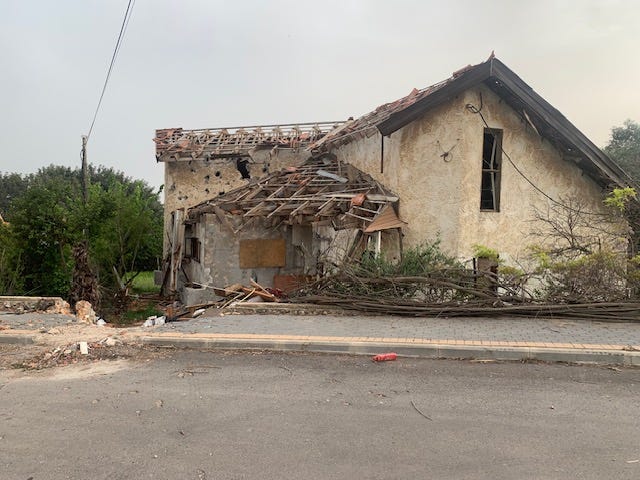
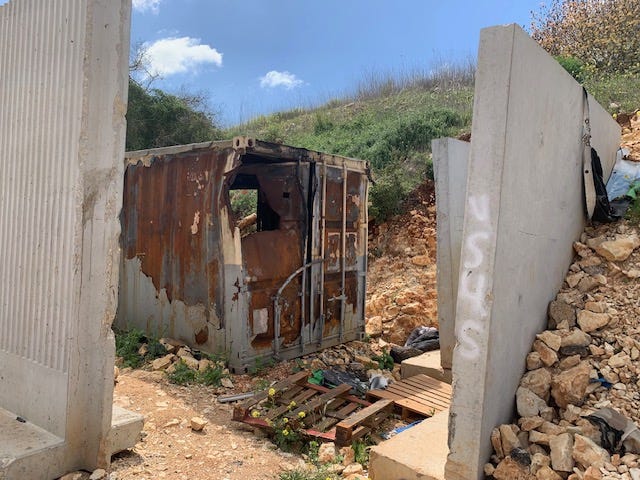




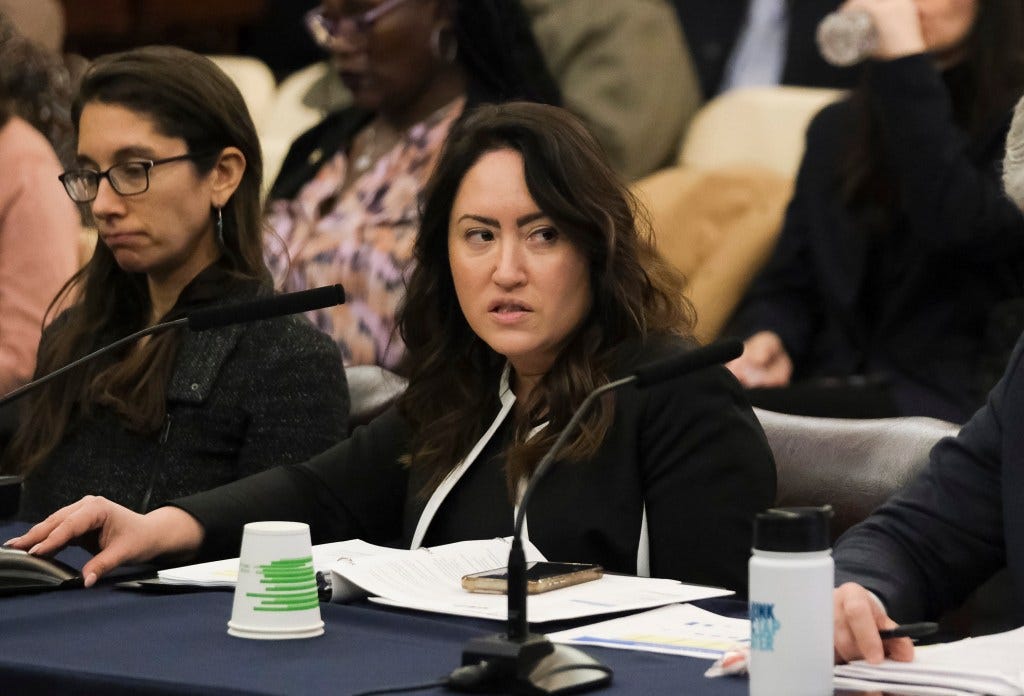

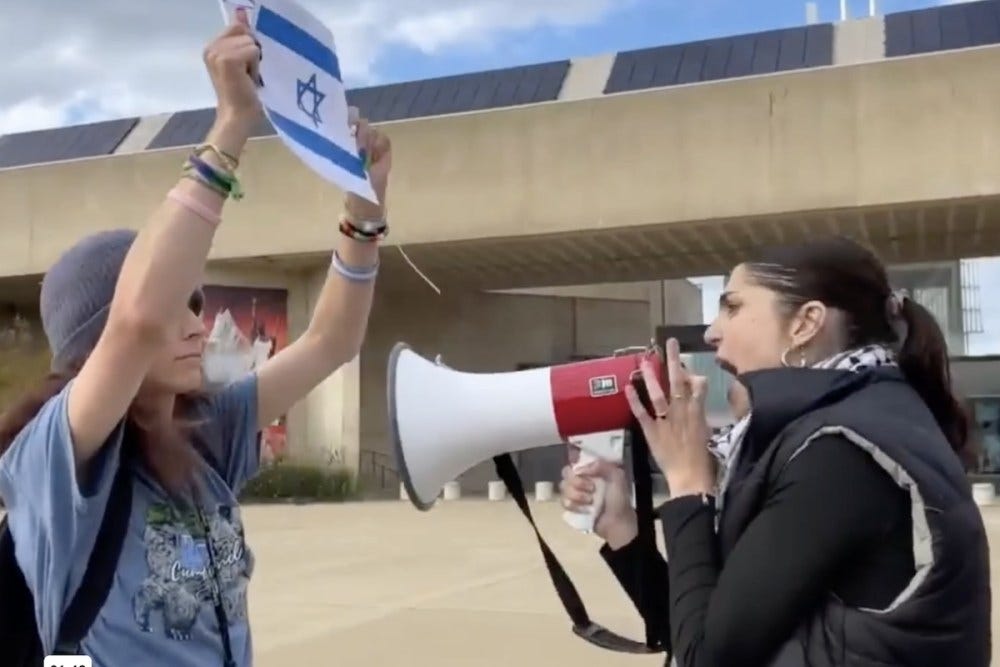
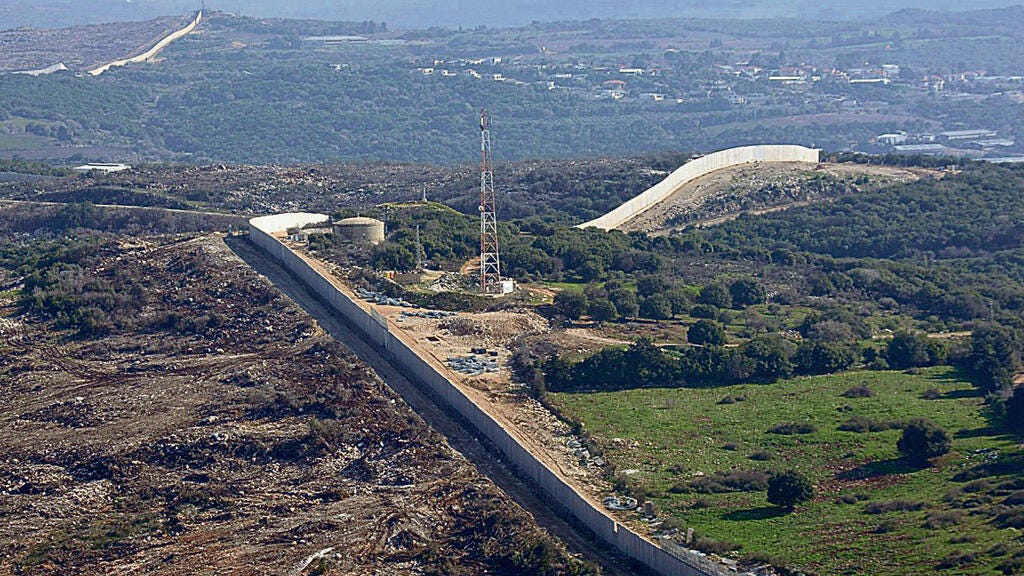

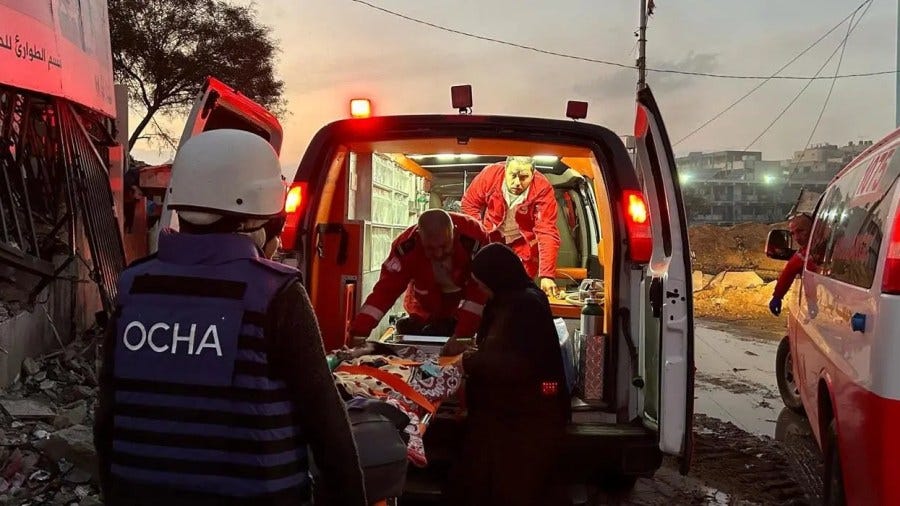


Thank you Howard.
For years now, the northern Israel border region has held a special place in my heart. I have walked the border countless times in numerous places and interviewed many people living there. During my recent trip a couple weeks ago I focused on the several communities I had written about previously, but also spent much time on the Golan to see the changes there that range from Israeli outposts in Syria (two of which I saw from a distance), to new defensive measures along the border, to so many more wind turbines whose constant twirling makes for a peaceful backdrop.
Ciska - you are welcome.